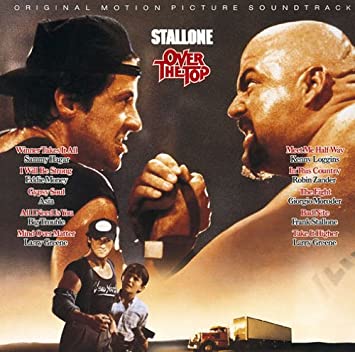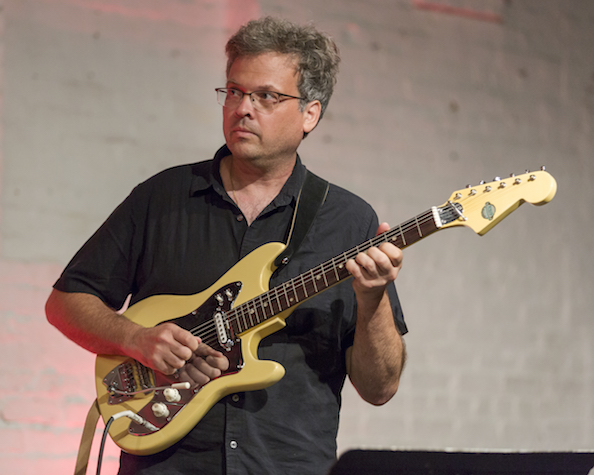What a strange career Sylvester Stallone has had. You never know what that guy
is going to do. Remember when he was a truck driver trying to win over
his estranged son by taking the kid to his competitive arm wrestling competitions?
Well, Over the Top is the 824th Soundtrack of the Week.
A love song called "All I Need Is You" by Big Trouble comes next and this is
a nice, sweet, relaxed song. Sly often finds something for his brother Frank to do and here's Frank with
his own contribution to the record, a song called "Bad Nite". It's a good one,
the first piece with a kind of bluesy swing energy to it, a bit of a
Janet Jackson feel to it. The highlight is the next track, however, when Gutbrain fave Kenny Loggins
shows up. He had a really good run with movie themes, didn't he? Footlooser,
Caddyshack and Top Gun, for instance. and, uh, also he's on
the Over the Top soundtrack but he doesn't do the main theme. "Meet Me Halfway"
is Kenny in sensitive lovey dovey mode but nonetheless with a strong drum beat
and assertive vocal. We just love him at Gutbrain Headquarters. I sort of remember that there was a band called Asia and their song here,
"Gypsy Soul", has great energy and should get your toes tapping. Lyrics
are something about putting the past behind us, shining like the sun, taking it
all the way, running like the wind, that kind of thing. Good advice, I'm sure. "The Fight" by Giorgio Moroder is the lone instrumental on here and the only
concession to the score proper. It's an anthemic piece with a pounding beat
and excellent synth sounds, as you'd expect. Larry Greene's "Mind Over Matter" has a groove similar to the Ghostbusters
theme, slowed down a bit, and is a fairly engaging number. Finally there's "I Will Be Strong" by Eddie Money. It's earnest and straightforward
and I like it, a good mid-tempo '80s rock song.
2024 April 01 • Monday


